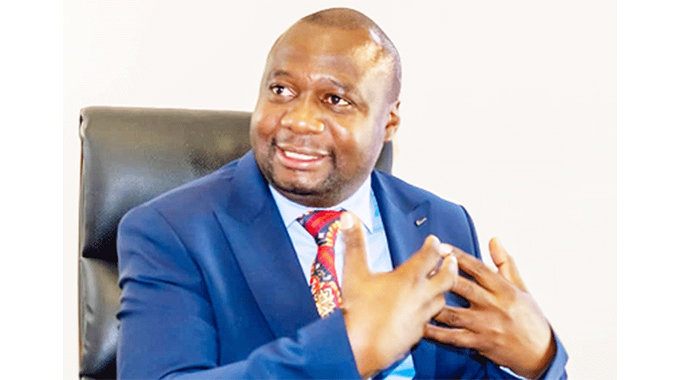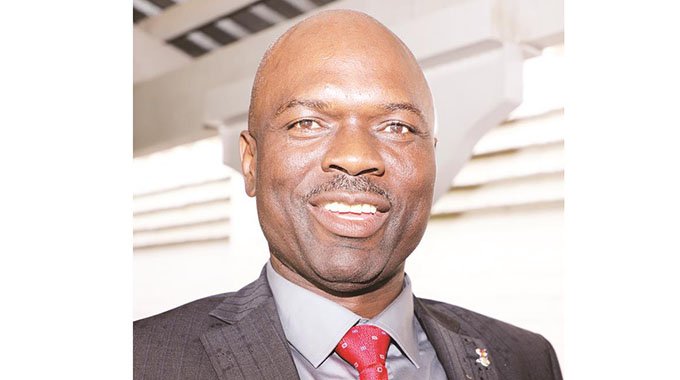Stakeholders laud policy

Oliver Kazunga
Senior Business Reporter
ECONOMIC analysts and captains of industry yesterday welcomed the 2024 Monetary Policy Statement (MPS) saying it will promote macro–economic stability and stimulate productivity.
The MPS, which was presented by the Reserve Bank of Zimbabwe (RBZ) Governor, Dr John Mushayavanhu in Harare, came at a time when there was macroeconomic instability driven by local currency volatility and exchange rate instability, creating inflationary pressures.
Against this backdrop, consumers’ disposable incomes were being eroded, resulting in subdued spending that also affected businesses.
In an interview, the Zimbabwe Revenue Authority chairman and former Dairibord Holdings Limited chief executive officer, Mr Anthony Mandiwanza, said the measures announced in the MPS, if effectively implemented, would tackle a number of challenges the economy face.
“One needs to really digest those measures and say how are they going to address the challenges that we faced in the past. “If they do, for example, now that the rate is down to 13,56 and if it’s going to be sustainable, reflected on the consumer price, then it’s working and to a large extent, will stimulate productivity,” he said.
In the MPS, Dr Mushayavanhu also maintained foreign currency retention threshold for all businesses except small-scale miners at 75 percent, a development Mr Mandiwanza said was not an issue as long as monetary authorities ensured the 25 percent surrender requirement was available when companies wanted to export.
The Central Bank, last year increased foreign currency retention threshold for exporters to 75 percent from 60 percent of their exports proceeds after businesses raised concerns that higher exports surrender requirements made it difficult to access forex for critical capital expenditure and operations financing.
Economist, Mr Persistence Gwanyanya who is also a member of the RBZ Monetary Policy Committee, hailed the MPS saying it brought renewed hope on the country’s currency situation and the economy at large.
“It presents a future and a renewed hope on our currency, our stability situation and our economy at large. The issue of currency stability has grown to become a thorn in the flesh, but I think we are in the process of resolving it permanently.
“We have decided to link the currency to special minerals so as to manage currency stability through a structured currency called ZiG.
“We have also seen the improvement, interventions on the market for foreign currency with the abandonment of the foreign currency auction system and the adoption of a more transparent and more effective system where the central bank will continue to support, but will give the market greater leeway to be interacting,” he said.
Mr Gwanyanya said suppliers and consumers of foreign currency now had a greater leeway to be interacting although the Central Bank continues to supply foreign currency from the surrender portion.
He said in line with the new currency, the country had also reconfigured the local currency that was growing in terms of zeros.
“We have reduced effectively that which brings transactional convenience which is good for the people, and issues of divisibility have been addressed and more importantly the issue of the store of value has been addressed.
“So, what we expect now from here is a significant gain of the ZiG product and it is simple to see that we have got total reserve money, ZIG reserve money of about US$80 million against around US$300 million in the economy and reserves that we can use to support the ZIG product.
A financial market analyst, Mr George Nhepera, echoed similar sentiments, adding that: “The determination of the exchange rate through the link with gold price shall in the short and medium term eliminate the black market dominance which was benefiting only a few connected people at the expense of the general public.”









Comments